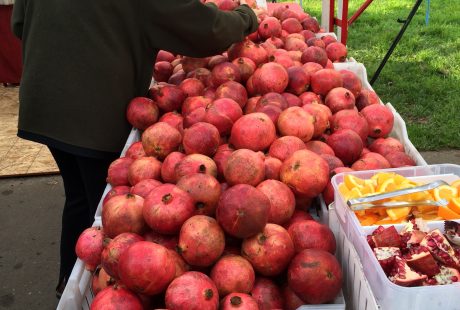
Problem, research strategy, and findings: Farmers’ markets provide one option for remedying the startling decline in fresh vegetable and fruit consumption in the United States, particularly in low-income, non-White neighborhoods where opportunities to access these components of a healthy diet are often limited. We lack empirical research on whether farmer’s markets provide fresh vegetables and fruits consistently across locations. We audited product offerings at 24 farmers’ markets in Los Angeles at two points in time and interviewed a sample of market managers to compare market offerings across neighborhoods to determine whether farmers’ markets alleviate disparities experienced by low-income and non-White communities. Farmers’ markets in low-income and non- White communities are smaller and provide fewer fresh fruits and vegetables than markets situated in more affluent communities. Managers suggest that their first priority is to stock fresh produce, but other factors such as competition and farmer recruitment and retention often influence market offerings.
Takeaway for practice: Planners cannot count on farmers’ markets to fully remedy disparities in the availability of fresh vegetables and fruits. We need additional research to understand the range of social, ecological, and health benefits created by farmers’ markets in a neighborhood. Planners should begin working with other agencies to conduct community food assessments to better evaluate strategies for addressing inequalities seen in neighborhood access to healthy food.
Authors: Bryce Lowery, David Sloane, Denise Payán, Jacqueline Illum & Lavonna Lewis